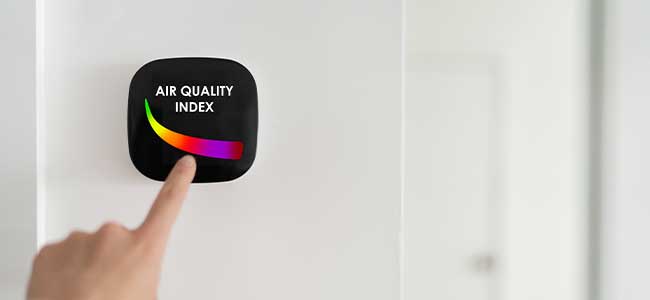Indoor Air Quality Monitoring Techniques: From Sampling Protocols to Data Analysis
Indoor air quality monitoring, through effective sampling protocols and data analysis, is crucial for identifying and mitigating hazardous pollutants in the workplace.
The World Health Organization (WHO) warns that air pollution is of great concern and impacts health in many ways. To better the situation, it’s necessary to focus on air quality. However, when thinking of air quality, the first thing that comes to mind is often the ambient (outdoor) environment.
What about the indoors? Although many people do not realize it, inside buildings can expose them to hazardous pollutants as well. As such, indoor work environments require attention. Let’s start by better understanding indoor air quality (IAQ) and how it can be monitored.
The Indoor Air Quality Problem
Humans spend 90 percent of their time indoors, according to the U.S. Environmental Protection Agency (EPA). Although buildings provide protection and shelter, they also have their downsides.
For instance, WHO stated household air pollution resulted in 3.2 million deaths annually in 2020. These deaths may be a result of exposure to hazardous pollutants such as:
- Volatile organic compounds (VOCs) from paints and cleaning supplies
- Particulate matter from dust and combustion sources
- Biological contaminants like mold and bacteria
Exposure to these chemicals may result in health issues such as stroke, heart disease and lung cancer. It may also lead to acute and chronic respiratory diseases like asthma.
Notably, indoor environments go beyond residential buildings. Commercial, industrial and institutional buildings may also experience IAQ problems and related health issues.
For example, poor IAQ is linked to sick building syndrome (SBS). SBS occurs when time spent inside is related to acute health and comfort effects. For example, a study found that 40 percent of occupants experienced fatigue frequently. They also often had headaches, general muscle pain and burning in the eyes. Another study concluded that there are factors that increase the risk of developing SBS.


